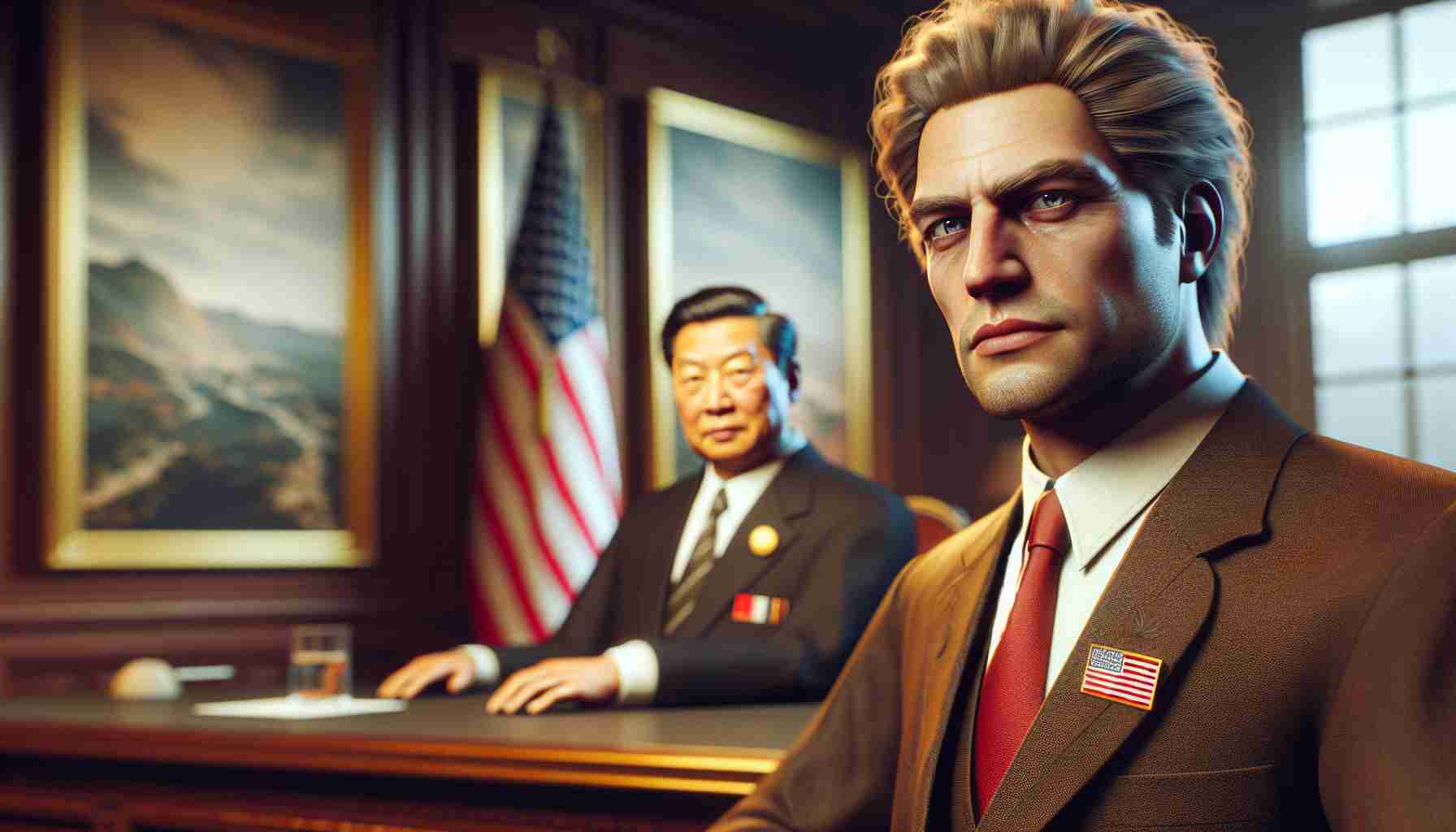China stands on edge as Donald Trump regains the US presidency, resurrecting fears of a return to his aggressive trade policies. Once again, the self-proclaimed “Tariff Man” signals plans to implement large tariff hikes on Chinese imports the moment he steps back into the Oval Office next January.
Amidst these tensions, the Biden administration, alongside Western allies, has voiced frustration over China’s industrial surplus. They attribute the competitive edge of the “new trio”—a term symbolizing China’s prowess in industries like electric vehicles (EVs)—to significant government subsidies. In light of these factors, the US and Canada are actively limiting their markets to Chinese EVs, with the European Union recently imposing additional tariffs that could reach up to 35%.
As both sides continue to negotiate, the EU introduced an intriguing proposal: if Chinese EV manufacturers agree to a minimum export price, the EU might consider removing these heavy duties. This proposed measure draws parallels to the 1980s conflict between the US and Japan, where the US required voluntary export restraints from the Japanese automotive sector—a practice the World Trade Organization now disallows.
Crucially, China’s edge is rooted in its dedication to scientific innovation and advanced technology rather than solely relying on governmental support. Companies like Huawei have emerged stronger under US technological pressures, committed to independent growth and resilience. This strength, coupled with China’s entrepreneurial spirit, helped Chinese industries, like solar panels, survive Western resistance. Forced to adapt, these enterprises innovated tirelessly, eventually outpacing struggling Western counterparts.
Can China Maintain Its Technological Edge Amid Renewed Trade Tensions?
As global tensions rise once more, technological innovation becomes a cornerstone of China’s strategy in facing renewed trade challenges with the United States and its Western allies. While the headlines spotlight tariff battles and trade negotiations, it’s the underlying technological advancements that may dictate the future landscape of industry and influence.
The Innovation Factor
Amidst political upheavals and trade disputes, China’s commitment to technological progress remains steadfast. Notably, China’s drive for innovation extends beyond subsidies and economic support, centering around scientific research and development. The country’s focus on fostering a robust environment for cutting-edge technology has enabled it to make significant strides in sectors such as artificial intelligence, 5G telecommunications, and electric vehicles (EVs).
Advantages of China’s Technological Growth
China’s progress offers numerous advantages. By investing heavily in research and infrastructure, the nation propels itself as a leader in emerging tech domains. This leadership is not only beneficial for its economy but also sets a global benchmark, pushing other countries to accelerate their own technological advancements. The result is a rapidly evolving tech landscape that spurs global innovation, making businesses more efficient and economies more competitive.
Disadvantages and Controversies
However, such growth is not without its controversies. Critics frequently argue that China’s rapid technological scaling might pose security concerns, particularly in areas like data privacy and intellectual property. Additionally, countries fearing dependency on Chinese technology grapple with implementing frameworks to safeguard their industries without stifling beneficial collaborations.
What Lies Ahead?
Questions abound about how global players will navigate this landscape. Could the interplay between innovation and regulation foster a new era of cooperation, or will protectionist tendencies overshadow collaborative opportunities?
– Will Western nations establish robust frameworks to encourage innovation while ensuring fair competition?
– Exploring strategic partnerships and reinforcing intellectual property laws could offer pathways to mitigate risks and harness advantages.
– How might China’s tech advancements influence future global policies?
– If China’s self-reliant innovation continues its upward trajectory, it could lead to shifts in how technology is developed and governed globally.
Prospects for the Future
Despite current challenges, the trajectory of technological progress appears promising. As China pursues independent innovation, its industries could bolster global progress rather than detract from it. The competitive dynamics may eventually yield collaborative opportunities that benefit wider humanity.
For further insights into technological advancements and industry trends, visit Wired and Reuters.
